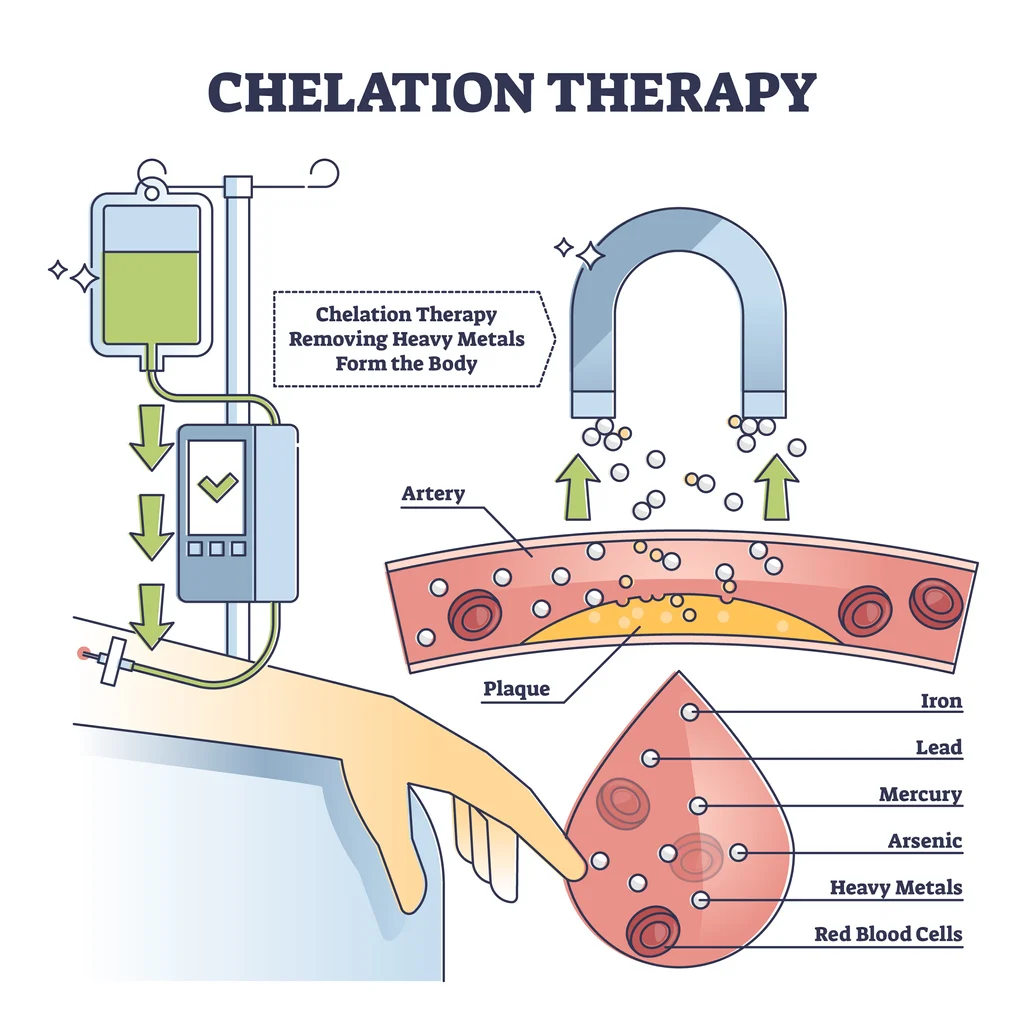As the name implies, Plaquex is a plaque removing molecule. Plaque is made up of LDL cholesterol or bad cholesterol which is oxidized and then becomes sticky and builds up on the inner layer of blood vessels. This condition can occur in any artery in the body from head to toe. This is atherosclerosis which can lead to chest pain, heart attack and heart failure. Plaquex is a mixture of essential phospholipids (lecithins or Phosphatidyl Choline) made from soy beans. The chief constituent of HDL cholesterol (good cholesterol)
is “Phosphotadyl Choline,” also known as Plaquex. Plaquex is a relatively new treatment from Europe for treating atherosclerosis – the deposit of fatty plaques in arteries and other blood vessels. The most important effect of Plaquex is its remarkable ability to reduce plaque deposition in the artery wall. It also lowers blood cholesterol and homocysteine levels. Studies in lab animals have shown that it increases life span by up to 36%. One important therapeutic application of Plaquex therapy is its ability to increase
the heart’s ability to withstand stress. This is very important for individuals who have suffered from heart attack or other heart injury. The “atherosclerotic plaque” that blocks an artery is composed of many constituents, but in general has two main ones, namely cholesterol and calcium. When treated with EDTA chelation therapy the calcium is addressed. Plaquex addresses the cholesterol component. The cholesterol involved in blocking arteries is the infamous “LDL or ‘bad’ cholesterol.” The “good” HDL cholesterol seems to actually help reverse the negative effects of LDL (bad) cholesterol. AT Grace Medical, Plaquex is added to the treatment protocol for atherosclerosis. Plaquex cannot be mixed with EDTA. It is given separately on alternate days with EDTA. The two form a powerful One-Two punch. Unlike EDTA chelation therapy, Plaquex does not remove toxic heavy metals like lead, Mercury or Cadmium. Instead, it reverses cholesterol transport and aids in removing LDL cholesterol from the blood stream. It also reduces Lipoprotein a or Lp(a) a highly artherogenic substance.
Effects of Plaquex.
Removes plaque
Lowers LDL cholesterol
Raises HDL cholesterol
Improves kidney function
Reduces Lp(a)
Reduces homocysteine level
Improves walking distance in peripheral artery disease
Improves memory and mental function
Improves sexual potency
Reduces high blood pressure
Administration of Plaquex Therapy
Plaquex therapy is given as an intravenous infusion lasting about 90 minutes.
It cannot be mixed with EDTA or other chelating agents
Plaquex can be used as a stand-alone infusion therapy for atherosclerosis. It is also
effective in treating impaired kidney function and for improving memory.
Since Plaquex cannot be mixed with EDTA Chelation, other chelating agents,
hydrogen peroxide, medical Ozone or Vitamins/Minerals it is administered as a
single agent.
Plaquex therapy can be used as a stand-alone treatment for lowering blood
cholesterol, improving kidney function and/or improving memory. Plaquex can
also be used as part of an integrated treatment program for atherosclerosis,
Call us today to see if Plaquex therapy might be right for you.
along with EDTA Chelation therapy, Hydrogen Peroxide, Medical Ozone and
Orthomolecular Vitamins and Minerals. Not every chelation physician offers
Plaquex therapy. Because we try to remain at the forefront of treating degenerative
vascular diseases with integrative methods we offer Plaquex therapy as an added
regimen to EDTA Chelation, Bio-Oxidation and Orthomolecular therapies. Check
with our staff or professionals to determine if Plaquex may be useful or helpful for
your particular condition.
It is important that patients understand that Plaquex is usually not used as a
substitute for EDTA chelation therapy, but is added to the treatment of some
patients that would benefit from the effects of Plaquex. Plaquex cannot be mixed
with EDTA chelation, so it is given on alternate treatment days. Unlike chelation
using EDTA, Plaquex does not remove toxic heavy metals (ie Lead, Cadmium,
Mercury). Instead, it appears to reverse cholesterol transport by creating surrogate
HDL cholesterol which aids in the removal of excess LDL (bad) cholesterol from
the arteries and also appears to lower the levels of the highly atherogenic
lipoprotein a (aka Lp(a). In addition, while EDTA chelation can only be used
sparingly in the presence of reduced kidney function, Plaquex actually seems to
improve or stabilize kidney function in those patients with pre-existing kidney
disease.
Mechanism of Action of Plaquex and How it Works
Plaquex appears to aid in the removal of excess cholesterol from the membranes of
cells and, along with existing HDL (“good”) cholesterol, aids in the transport of
free cholesterol from deposits in arteries, fat cells, muscle and connective tissue to
the liver, where its excretion is enhanced. It also appears to lower the level of a
substance called Lipoprotein a (Lp(a), which is a critical factor in the formation of
blood clots during heart attack or stroke.
Treatment Applications of Plaquex Therapy
It has now been established by European researchers that Plaquex therapy has the
following therapeutic applications:
- Removal of plaque from coronary arteries.
- Lowers LDL cholesterol
- Raises HDL cholesterol
- Improves kidney function
- Reduces Lp(a). A more potent atherogenic substance than LDL
- Reduces homocysteine level
- Improves walking distance in peripheral artery disease
- Improves memory and mental function
- Improves sexual potency
- Reduces high blood pressure



